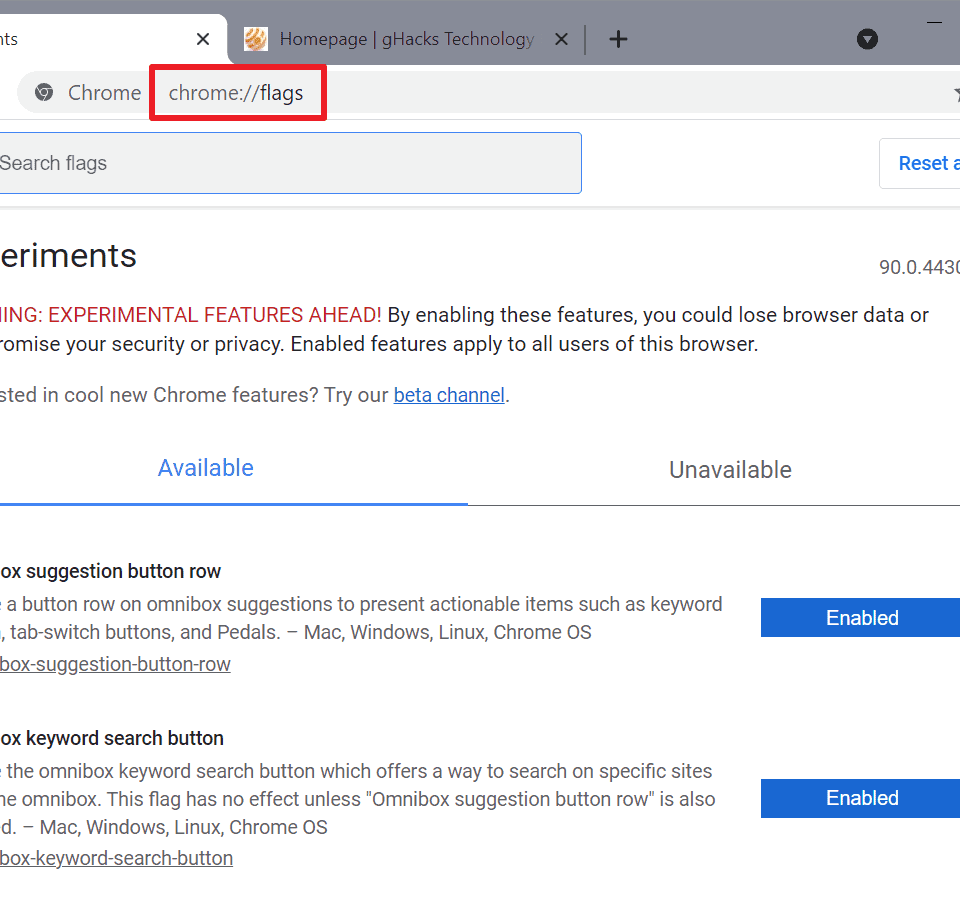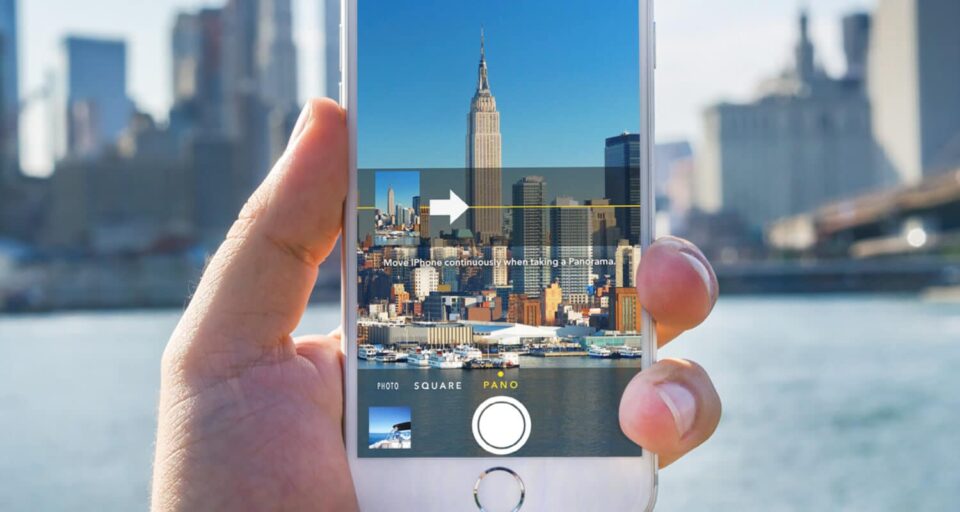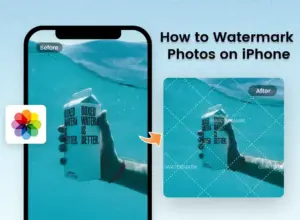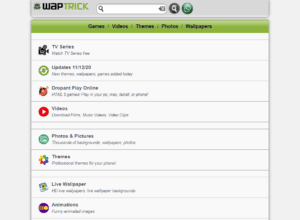Google Chrome is one of the most sought-after browsers and has attracted a variety of users over the years.
While the abundance of features may seem like a lot to some people, Chrome also has a host of hidden features in Chrome settings and Chrome indicators that will help quench the thirst of users who want more.
I particularly admire the Chrome flags, because they can not only change the user interface or increase performance but also add new features to each preferred browser.
Chrome flags, if you’ve never heard of them before, are experimental features that Google is currently working on, but they’ve put that to the test for users. In our detailed guide, you can learn everything you need to know about Chrome flags and how to activate them.
Now that you know all about the indicators, here are the top 10 most useful Chrome indicators.
Note: A word of warning. Chrome flags are experimental features that are currently under development, so their functionality could be tricky.
Google Chrome Flags To Make Browsing Enjoyable
In this section, we mentioned the Chrome flags, which are standard and available on desktops and smartphones, be it Windows, Android, macOS, Linux, or Chrome OS.
You can find them on the chrome flags page:// on any platform.
1. Calmer Notice
We know that notifications have become almost a nuisance in Google Chrome. Practically all websites abuse the permission to notify and search for a dialog to activate notifications regularly.
However, when the quietest notification flag is turned on, notification requests are entirely blocked. It’s incredible.
Open the Chrome:// flags and turn on the “Silent notification request requests” flag, and you’re done.
2. Faster Download Speeds
Parallel downloads have long been in the Chrome Flags repository. Google doesn’t seem to be working on this feature to integrate it into a stable channel.
However, this flag speeds up download speeds by dividing files into smaller chunks, much like IDM and other download managers do. So look for “parallel download” and activate the flag.
3. Import the Password
Google Chrome offers the facility to export passwords for a while, but if you are browsing to the most popular browser of one of your competitors and want to import your password, well, setting the flag to #PasswordImport is what you should do immediately after downloading the browser.
You can then navigate to “Settings -> Passwords” and press the “three dots” icon next to “Saved passwords” to see the “Import” option.
4. Allow Smooth Scrolling
As the name suggests, this Chrome prompt improves the scrolling experience on your mobile and desktop device. It reduces the problems and worries you might encounter while on the go and also works with Windows, Linux, and Chrome OS. You can enable #Smooth scrolling from the Chrome Flags page.
5. Perform DNS Lookup
Another fantastic Chrome flag that is enabled is a secure DNS lookup. Many users, including myself, use the HTTPS Everywhere extension always to force an HTTPS connection when using the Internet.
And now, Google has brought a flag that does the same. Just activate the flag, and Chrome will try to use a secure HTTPS connection for any site you visit. BTW, Mozilla has already made DNS over HTTPS as the default feature in Firefox.
6. UPI / VPA Values
As Google Pay has become very popular, and UPI has almost become the primary payment method in India, Google offers the possibility to automatically fill in UPI / VPA values in forms of payment.
After activating this flag, Chrome will be able to recognize your UPI or VPA ID and will offer to automatically save or enter your VPA address in the payment box. It’s incredible, isn’t it?
7. Share Websites Using QR Codes
This is one of the latest Google Chrome flags, and its job is to make it easier to share links. Suppose you are surfing the web on your desktop and want to open this link on your mobile device quickly.
There’s no easy way to share links to your mobile device if you’re not signed in to the Chrome desktop and your mobile device with the same Google ID. Well, if you activate this flag, you can share links in seconds. To do this, go to the Google Flag page and search for “QR.” Now set the “# sharing-qr-code-generator” flag.
After that, you will see a “QR code” icon in the address bar next to the tag icon (asterisk). Click on it, and Chrome will show you the QR code that corresponds to the web page located in your current tab.
Scan with your phone to open the connection on your smartphone. However, as I said, this is the new flag and is, therefore, only available in the latest version of Google Chrome for the Canary Islands.
If you’re using a stable version of Chrome, you may have to wait a few weeks before accessing this statistic.
8. Floating Cards
Mouse retention cards are a new way to recognize and navigate maps. It is particularly useful for many Chrome cards. If you activate this flag, a floating map preview image will be displayed. I use this feature on my Chromebook, and it’s excellent for seamless navigation.
9. Card Groups
Groups with cards are again an indicator for users who accumulate cards. It allows you to organize the cards into visually different groups. For example, you can arrange a group of cards in a standard color to easily switch to that particular group of cards. You can assign colors depending on the nature of the tasks.
10. Extension Toolbar Menu
Chrome extensions were previously in the Settings menu, but they are located next to the address bar. And if you use too many extensions, your Chrome becomes messy, and you really can’t navigate properly.
In this case, you can move all the extensions in a single toolbar menu. The address bar looks cleaner, and more efficient, and also has authorization controls.








